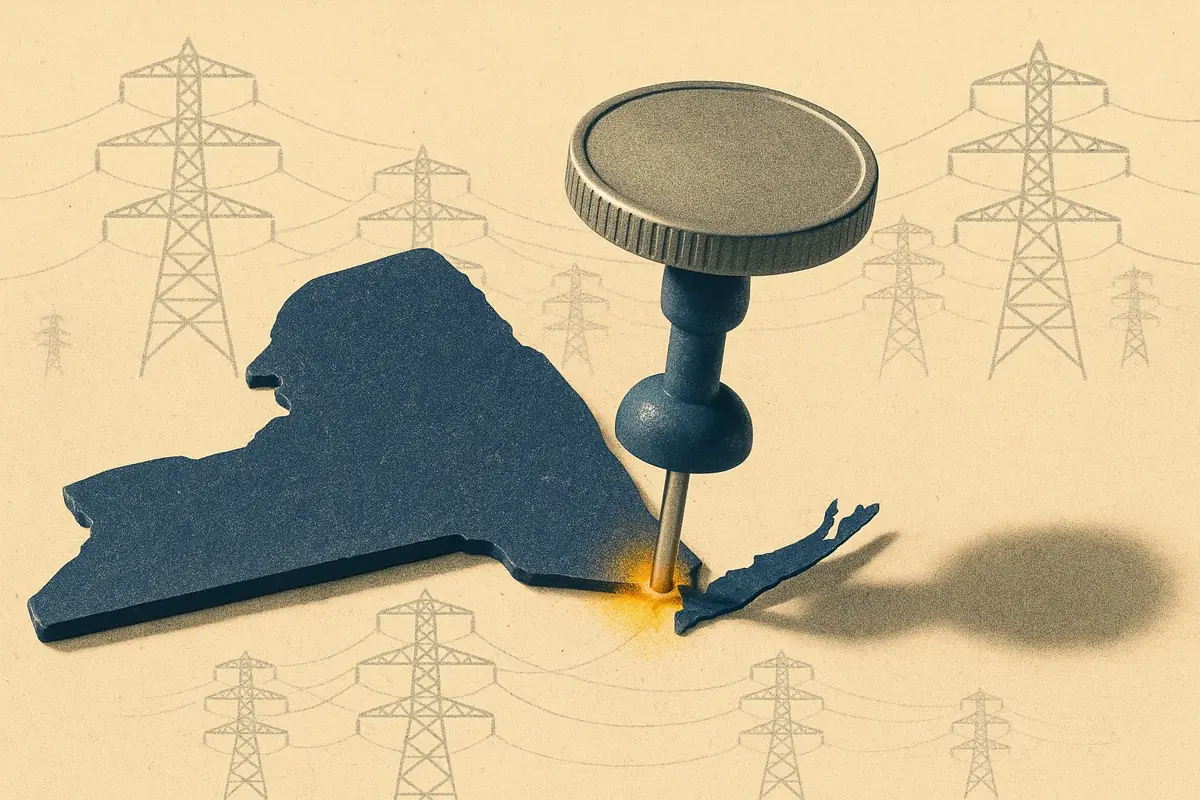Electricity in Great Britain is traded through the wholesale market, with participants incentivized to balance supply and demand. Trading of electricity in the GB market mostly occurs bilaterally ahead of time, but closer to delivery, a number of markets exist to provide extra liquidity and allow suppliers to ‘add shape’.
These are the main markets in which battery energy storage systems trade. So, what are these markets, and how do they operate?
Layout of the trading markets
In the GB electricity system, European Power Exchange (EPEX) and Nord Pool (N2EX) run a series of markets for trading power. These are defined by when they run, what delivery periods they cover, and how granular these are. Most of these markets follow a pay-as-clear auction format, where participants pay the same price. The continuous intraday market is an exception and runs as a pay-as-bid order book, with trades priced individually.
These markets exist to provide liquidity, allowing buyers to quickly and efficiently find sellers. This becomes more important closer to the delivery period.

Day-Ahead and Intraday Auctions
In the Day-Ahead and Intraday auctions, participants submit bids and offers - an option to buy or sell power for a defined period - to the auction until gate closure. Following this, the exchange calculates a single clearing price and executes the trades which satisfy this price.
Day-Ahead auctions allow buyers and sellers to trade electricity across hourly or half-hourly blocks for delivery the following day. The second intraday auction provides an opportunity to trade on the day of delivery.
The auctions available to trade power, in order of when they run, are:
- EPEX Day-Ahead 60 Minute - runs at 09:20 day-ahead of delivery
- N2EX Day Ahead Hourly - runs at 09:50 day-ahead of delivery
- EPEX Day-Ahead 30 Minute - runs at 15:30 day-ahead of delivery
- EPEX Intraday 1 - runs at 17:30 day-ahead of delivery
- EPEX Intraday 2 - runs at 08:00 on the day of delivery
The Continuous Intraday Market
The continuous intraday market allows those participating to fine-tune their positions outside the auctions in response to changes occurring within the system. It is organized as a pay-as-bid, order-book market, similar to a stock exchange. Traders submit bids and offers to the order book continuously until delivery. When any bid matches an offer, the exchange clears the trade through a contract between the parties.
For example, a seller submits an offer to the book for 50MWh at a minimum price of £100/MWh. When a buyer submits a bid with a maximum price above £100/MWh, these are matched, and the trade clears for the bid price.
Why trade across these markets?
Two opposing considerations determine the trading patterns seen in the different markets. Suppliers and generators typically want to secure trades as early as possible to minimize risk and hedge prices. Conversely, information on predicted supply and demand improves closer to delivery. Better data is available from forecasts of renewables and demand, alongside updates on power plant outages.
Suppliers secure the bulk of their supply on markets furthest ahead of delivery, with ever-smaller adjustments in position made on markets with gate closure times closest to delivery. As a result, trading volumes are highest in auctions with earlier gate closure times. The exception is the continuous intraday market, which sees higher volumes than the half-hourly auctions.

Prices also follow different patterns between these markets. In the Day-Ahead hourly auction, prices typically follow a smooth curve, as this market has the greatest liquidity. The later half-hourly and intraday auctions follow a similar profile but less smoothly due to lower volumes and re-trading of power.
Prices in the continuous intraday market can diverge significantly from the auctions. This is because traders can react to events that were not visible within the auctions. Price divergence is further increased by speculation on the system price that a party would pay to Elexon for being out of balance. This continuous trading results in higher volumes in the continuous intraday market than in the intraday auctions.

What does this mean for batteries?
With energy arbitrage becoming an increasingly important revenue stream for batteries, optimizers look to trade on price divergences between markets. While day-ahead and intraday auctions follow a similar price profile, prices in the continuous intraday market can diverge significantly, creating an arbitrage opportunity across markets.
A position secured in the day-ahead or intraday auctions can subsequently be traded several times as prices fluctuate on the continuous intraday market. This ‘non-physical trading’ can result in many multiples of a battery’s stored power being traded for a single period. We explore this in more detail here.







